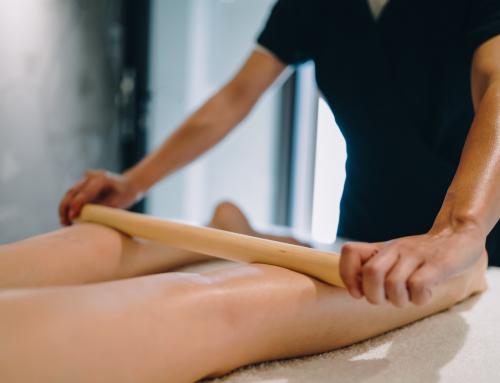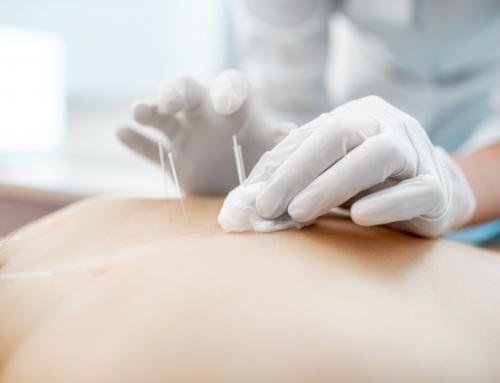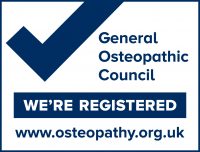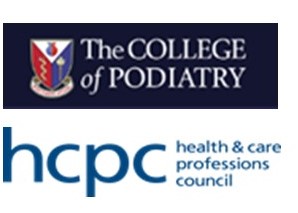Osteopathy in the Cranial Field
The origin of cranial osteopathy as an extension of other types of osteopathic manipulative treatment is credited to William G. Sutherland, DO, a student of Dr. Still. The moment of its origination was when young Dr. Sutherland, walked past a model of a disarticulated skull in 1899 at the American School of Osteopathy, and “like a blinding flash of light came the thought—bevelled like the gills of a fish and indicating articular mobility for a respiratory mechanism.”23
This began his study and development of cranial osteopathy. He later wrote that he was merely following Dr. Still’s advice to dig on as Dr. Still earlier wrote, “the cerebrospinal fluid is the highest known element that is contained in the human body, and unless the brain furnishes the fluid in abundance a disabled condition of the body will remain,” and mandated that, “this great river of life must be tapped and the withering field irrigated at once, or the harvest of health be forever lost.”3 Dr. Sutherland devised mechanisms to create dysfunction in his own cranium, studied the effects it would have, and then developed treatments to resolve them. He wrote The Cranial Bowl in 1939 and taught the cranial concept to interested physicians from 1940 to 1953.24
The cranial concept was a development of the mechanical principles of the cranial motion combined with the motion of the cerebrospinal fluid and the relationship of both to respiration. The combination of all three of these aspects he combined as the primary respiratory mechanism. Dr. Sutherland elucidated five fundamental principles of the cranial concept: (1) the fluctuation of the cerebrospinal fluid, (2) the function of the reciprocal tension membrane, (3) the motility of the neural tube, (4) the articular mobility of the cranial bones, and (5) the involuntary mobility of the sacrum between the ilia. Fundamentally, this concept states that primary respiration, the fundamental metabolic cellular process of existence, is driven first intrinsically through the related components of the central nervous system including the cerebrospinal fluid. Although each aspect of the components of the primary respiratory mechanism have been studied in anatomic and physiologic detail,25 this overriding concept of the function of the primary respiratory mechanism remains elusive and falls somewhere between the domains of physiology and phenomenological epistemology.
While detailed explanations about the palpatory diagnostic findings are well beyond the purposes of this chapter, a cursory illustration of some of the aspects of this concept will be attempted here. The bones of the cranium develop embryologically as either membranous bone or cartilaginous bone depending on their location. In general, the bones of the base of the cranium, the basiocciput and the sphenoid and petrous temporal arise out of cartilage, whereas the temporal squamous, occipital squamous, parietal, early frontal bones arise out of membrane. These slowly approximate each other as development continues after birth until they interdigitate during late ossification and become sutures. These sutures are not fused, but are largely patent with dissectible connective tissue fibers, lymphatics, and occasional nerve fibers present. The patency of the sutures allows for motion and this has been recorded and documented. The motion that occurs at these sutures is reflective of a deeper motion that drives them, and the development of the articulations is a result of that motion. With fine palpation, it is possible to appreciate a subtle cyclical expansion and contraction of the cranium with a rate of 6 to 12 oscillations per minute and with a variable amplitude.26 This motion is first appreciated as a flexion and extension that occurs at the cranial base in the synchondrosis of the sphenoid and base of the occiput. Motion is distributed to the paired cranial bones of the temporal and parietal that articulate the cranial base, and flexion and extension then becomes internal and external rotation. This combination of motions—flexion, extension, internal and external rotation—translates into a palpatory experience of a rhythmic expansion and contraction of the cranium. This motion is intrinsic and primary, but is also associated with respiration and extends its influence to all the tissues of the body as inspiration is linked with external rotation of all the paired bones of the body and exhalation is linked with internal rotation of all the paired bones of the body.
Diagnosis of the cranial region involves a detailed appreciation of the motion of the primary respiratory mechanism including the different movements of the cranial bones and appreciation of the ways in which they can become dysfunctional. As in any other joint of the body, certain common patterns exist and are readily palpated by trained hands. Treatment of the cranial region follows principles that apply to osteopathic treatment of the rest of the body, namely treatments that are direct or indirect in their approach. Direct treatments gently engage the functional barriers to motion of the cranial bones and use respiration or voluntary muscular contraction, including respiration, as activating forces to restore normal function. Indirect treatments move the affected portion of the cranium away from the barrier and allow for intrinsic homeostatic balancing mechanisms, including respiration, to allow for spontaneous correction and restoration of normal function. Again, because the cranium is the home to the brain and brainstem, this action must be performed carefully and with great respect for the impact that treatment can have, not only on the cranium but also on the functioning of the entire organism.
(Stevan Walkowski DO, Robert Baker DO, in Pain Procedures in Clinical Practice (Third Edition), 2011)








